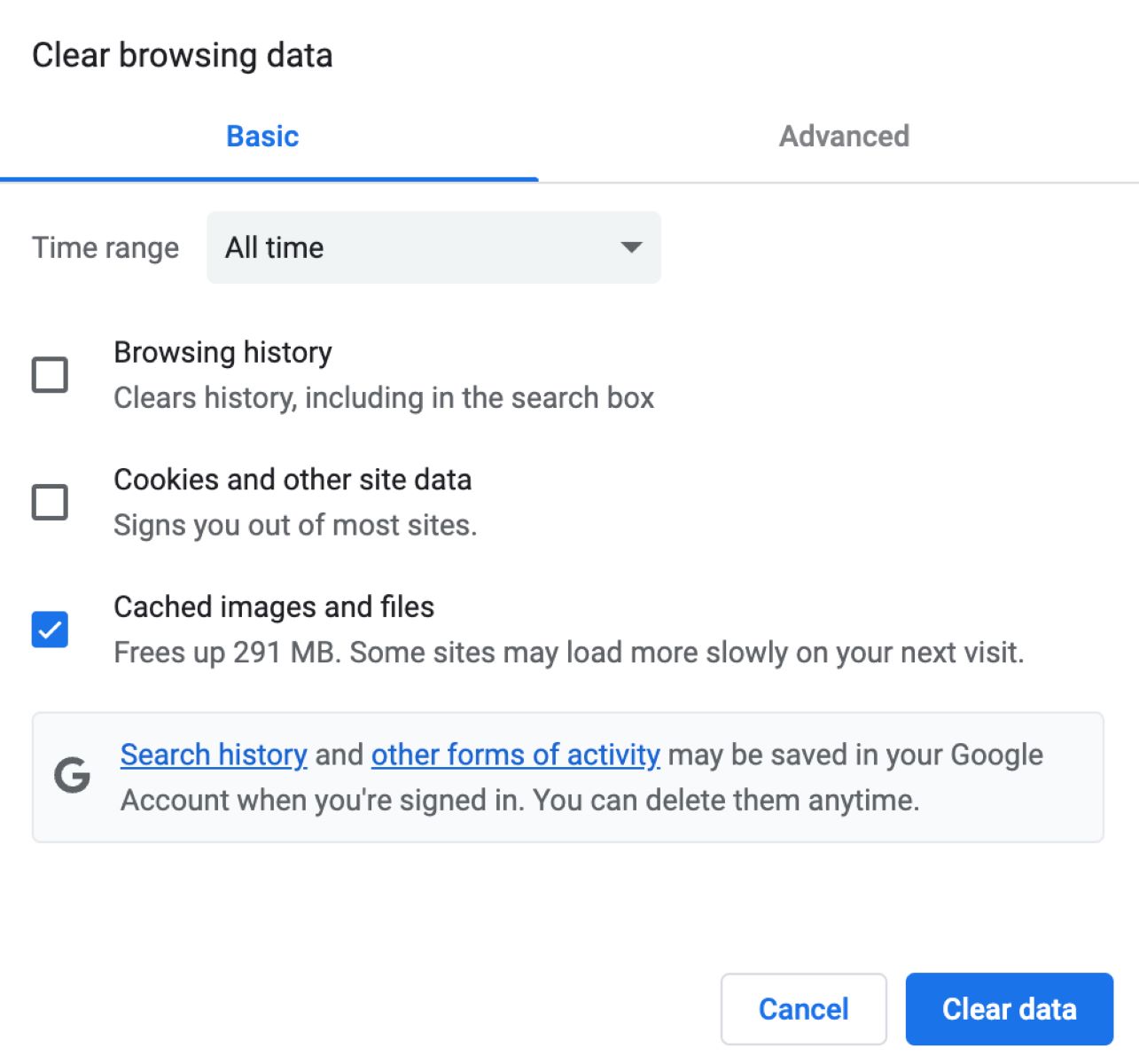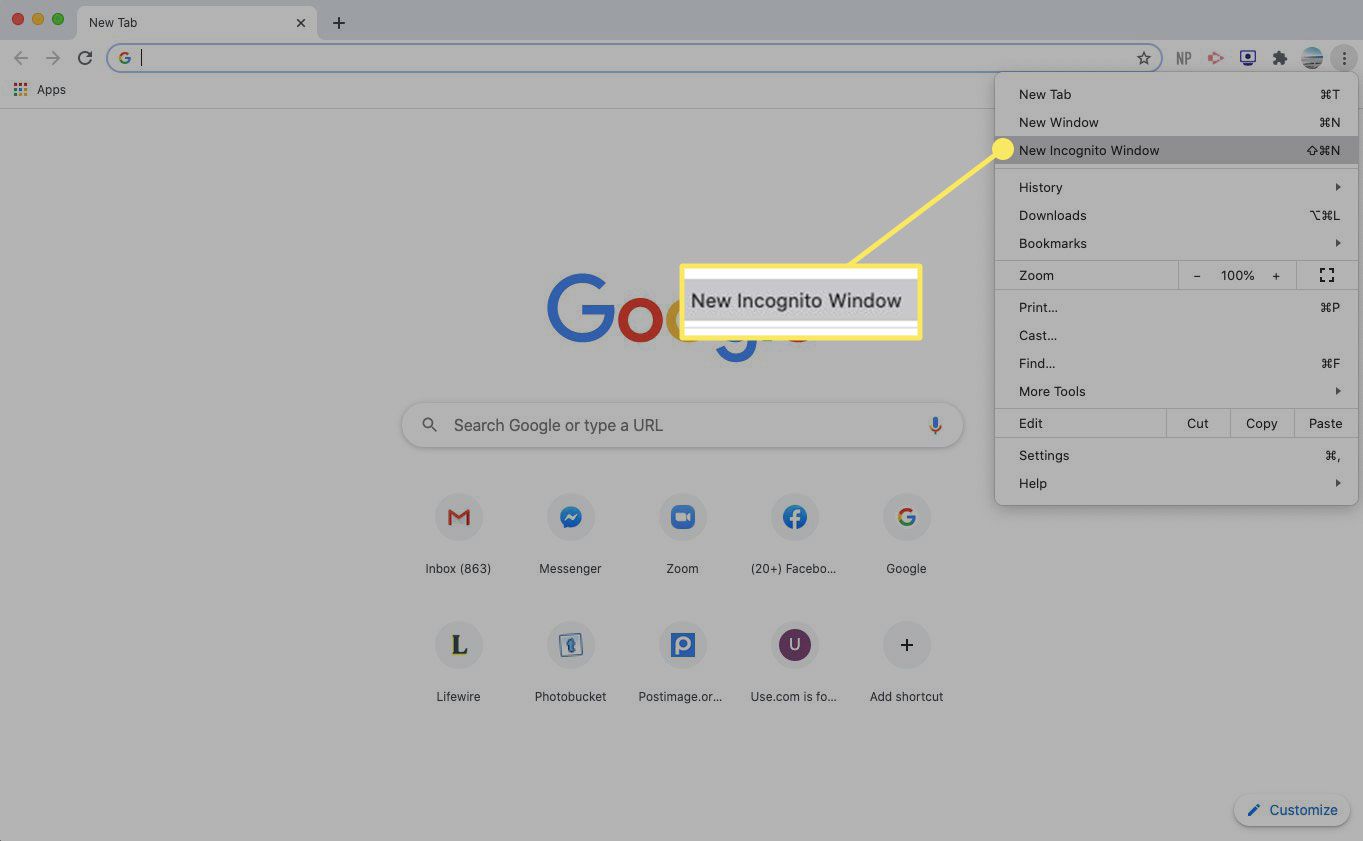Introduction
Safari, the default web browser for Apple devices, is renowned for its sleek interface and seamless performance. However, many users have encountered a perplexing issue: the unexpected deletion of tabs. This phenomenon has sparked frustration and confusion among Safari enthusiasts, prompting a closer examination of the underlying reasons.
The sudden disappearance of tabs can disrupt the browsing experience, causing users to lose valuable information and disrupting their workflow. This issue has led to widespread speculation and concern, as users seek to understand the root cause of this unexpected behavior.
In this article, we will delve into the intricate workings of Safari's memory and tab management systems to uncover the factors contributing to tab deletion. By gaining insight into the underlying mechanisms, users can better comprehend the dynamics at play and explore potential strategies to mitigate this inconvenience.
Join us on this exploration as we unravel the mysteries behind Safari's tab deletion, shedding light on the intricate interplay between memory management, tab organization, and user experience considerations. Let's embark on this journey to demystify the enigmatic behavior of Safari and empower users with a deeper understanding of their beloved browser's inner workings.
Memory Management in Safari
Memory management plays a pivotal role in the seamless operation of web browsers, including Safari. As users navigate through various websites and open multiple tabs, the browser's memory allocation becomes a critical factor in maintaining optimal performance. Safari employs sophisticated memory management techniques to ensure efficient utilization of system resources while delivering a responsive and fluid browsing experience.
One of the fundamental aspects of memory management in Safari is the allocation and deallocation of memory for active tabs. When a user opens a new tab, Safari allocates a portion of the system's memory to store the tab's data, including the webpage content, scripts, and associated resources. This allocation is essential for enabling swift tab switching and preserving the user's browsing context.
However, as the number of open tabs increases, Safari faces the challenge of balancing memory allocation to prevent excessive resource consumption. To address this, Safari incorporates intelligent memory management algorithms that prioritize active tabs while optimizing memory usage for inactive or background tabs. This dynamic allocation allows Safari to adapt to the user's browsing behavior, allocating more resources to frequently accessed tabs and conserving memory for less utilized ones.
In scenarios where system resources become constrained, Safari may initiate memory optimization processes to maintain overall system stability. This can involve the temporary suspension of background tabs or the release of memory from inactive tabs to accommodate the user's immediate browsing needs. While these measures are designed to enhance overall system performance, they can inadvertently lead to the unexpected deletion of tabs that have been deemed as low priority in terms of memory allocation.
Furthermore, Safari's memory management is intricately linked to the device's available physical memory and the demands of concurrently running applications. In situations where memory-intensive applications or processes compete for resources, Safari may dynamically adjust its memory allocation strategy to prevent system slowdowns or crashes. This adaptive approach ensures that Safari operates harmoniously within the broader ecosystem of the device, prioritizing stability and responsiveness.
In essence, Safari's memory management is a finely tuned orchestration of resource allocation, optimization, and adaptability. While it aims to deliver a seamless browsing experience, the intricate interplay of memory allocation and system-wide demands can occasionally result in the unexpected deletion of tabs. Understanding these underlying mechanisms provides valuable insight into the complexities of memory management within Safari, empowering users to navigate the browser's behavior with greater comprehension and adaptability.
Tab Management in Safari
Tab management in Safari encompasses a multifaceted interplay of user interactions, system resources, and browser functionality. As users traverse the digital landscape, opening tabs to explore diverse content and tasks, Safari undertakes the intricate task of organizing and preserving these browsing contexts. The management of tabs within Safari is a dynamic process, influenced by user behavior, memory constraints, and the browser's optimization strategies.
When a user opens a new tab in Safari, the browser meticulously tracks and organizes the tab within its internal structure. Each tab represents a distinct browsing session, encapsulating the webpage's content, scripts, and associated resources. Safari endeavors to maintain a responsive and fluid browsing experience, allowing users to effortlessly switch between tabs while preserving their individual states.
As the number of open tabs proliferates, Safari confronts the challenge of efficiently managing these concurrent browsing contexts. The browser employs intelligent tab prioritization mechanisms to allocate system resources judiciously, ensuring that active tabs receive optimal attention while conserving resources for background or inactive tabs. This dynamic allocation strategy enables Safari to adapt to the user's browsing patterns, optimizing the browsing experience based on tab usage and relevance.
However, the intricate dance of tab management in Safari is not without its complexities. In scenarios where system resources become strained, Safari may initiate tab optimization processes to alleviate memory pressure and maintain overall system stability. This can involve the suspension or unloading of background tabs, freeing up memory to accommodate the user's immediate browsing needs. While these measures are designed to enhance overall system performance, they can inadvertently lead to the unexpected deletion of tabs that have been deemed as low priority in terms of resource allocation.
Moreover, Safari's tab management is intricately linked to the user's browsing habits and the device's available resources. The browser strives to strike a delicate balance between preserving tab states and optimizing memory usage, adapting to the user's evolving browsing patterns while navigating the constraints of the underlying hardware and system demands.
In essence, tab management in Safari embodies a harmonious interplay of user-centric design, resource optimization, and adaptability. By gaining insight into the nuanced dynamics of tab management within Safari, users can navigate the browser's behavior with a deeper understanding of its underlying mechanisms, empowering them to make informed decisions and optimize their browsing experience.
User Experience Considerations
User experience considerations lie at the heart of Safari's design philosophy, shaping the browser's behavior to align with the expectations and preferences of its diverse user base. As users interact with Safari, their browsing journey is intricately intertwined with the browser's responsiveness, stability, and intuitive interface. Within this context, the unexpected deletion of tabs represents a pivotal user experience challenge, prompting a closer examination of the factors that influence user satisfaction and browsing continuity.
The abrupt disappearance of tabs can disrupt the user's workflow, leading to frustration and a sense of disorientation. Safari's commitment to delivering a seamless and intuitive browsing experience necessitates a nuanced approach to addressing this issue. From a user experience perspective, the unexpected deletion of tabs represents a departure from the expected behavior, potentially eroding user trust and confidence in the browser's reliability.
In response to this challenge, Safari's development team is tasked with striking a delicate balance between memory optimization, tab management, and user expectations. The browser's interface and interaction patterns are meticulously crafted to foster a sense of continuity and control, empowering users to navigate the digital landscape with confidence and ease. However, the unexpected deletion of tabs introduces a disruptive element that runs counter to these foundational principles.
From a user experience standpoint, the unexpected deletion of tabs underscores the importance of transparent communication and graceful error handling. When a tab is removed due to memory constraints or optimization processes, Safari has an opportunity to engage users proactively, providing clear and contextual explanations for the action taken. By conveying the rationale behind tab deletion in a user-friendly manner, Safari can mitigate the sense of bewilderment and frustration that often accompanies this experience.
Furthermore, user experience considerations extend to the realm of user empowerment and control. Safari can explore innovative approaches to empower users with greater visibility and influence over tab management and memory allocation. Intuitive interfaces that allow users to prioritize tabs, designate essential tabs for preservation, or receive proactive notifications about impending tab deletion can enhance user agency and foster a more harmonious browsing experience.
In essence, user experience considerations serve as a guiding light for Safari's ongoing evolution, shaping the browser's features, interactions, and error handling mechanisms. By embracing a user-centric approach to addressing the unexpected deletion of tabs, Safari can reinforce its commitment to delivering a browsing experience that is not only technically robust but also imbued with empathy, transparency, and user empowerment.
Conclusion
In conclusion, the enigmatic behavior of Safari's tab deletion can be attributed to the intricate interplay of memory management, tab organization, and user experience considerations. Safari's memory management system, designed to optimize resource allocation and adapt to varying system demands, plays a pivotal role in shaping the browser's behavior. The dynamic allocation and optimization of memory resources, while essential for maintaining overall system stability and responsiveness, can inadvertently lead to the unexpected deletion of tabs when memory constraints arise.
Furthermore, the management of tabs within Safari reflects a delicate balance between preserving browsing contexts and optimizing memory usage. The browser's intelligent tab prioritization mechanisms strive to cater to the user's browsing patterns while navigating the constraints of available resources. However, in scenarios where memory pressure mounts, Safari may initiate tab optimization processes, potentially resulting in the removal of low-priority tabs to alleviate memory strain.
From a user experience perspective, the unexpected deletion of tabs presents a significant challenge, disrupting the user's workflow and eroding confidence in the browser's reliability. Addressing this issue requires a nuanced approach that integrates transparent communication, graceful error handling, and user empowerment. By proactively engaging users with clear explanations for tab deletion and exploring innovative interfaces that offer greater control over tab management, Safari can enhance the browsing experience and foster a sense of continuity and control for its users.
As Safari continues to evolve, the complexities of memory and tab management underscore the importance of aligning technical robustness with user-centric design. By embracing a holistic approach that considers the interplay of technical intricacies and user expectations, Safari can navigate the challenges of tab deletion while reinforcing its commitment to delivering a browsing experience that is not only seamless and responsive but also empathetic, transparent, and empowering for its diverse user base.
In essence, the enigmatic behavior of Safari's tab deletion serves as a catalyst for ongoing refinement, innovation, and user-centric evolution. By unraveling the mysteries behind tab deletion and embracing a comprehensive understanding of its underlying mechanisms, Safari can chart a course toward a browsing experience that seamlessly integrates technical prowess with human-centric empathy, empowering users to traverse the digital landscape with confidence and ease.

























